Planet 9: Mysterious World or a Primordial Black Hole?

Many of you have heard about the Kuiper Belt, which is located around the planet Neptune. That's why we call this the Trans Neptunian Region. It's mostly made up of frozen rocks, as well as dwarf planets like Aries and Pluto.
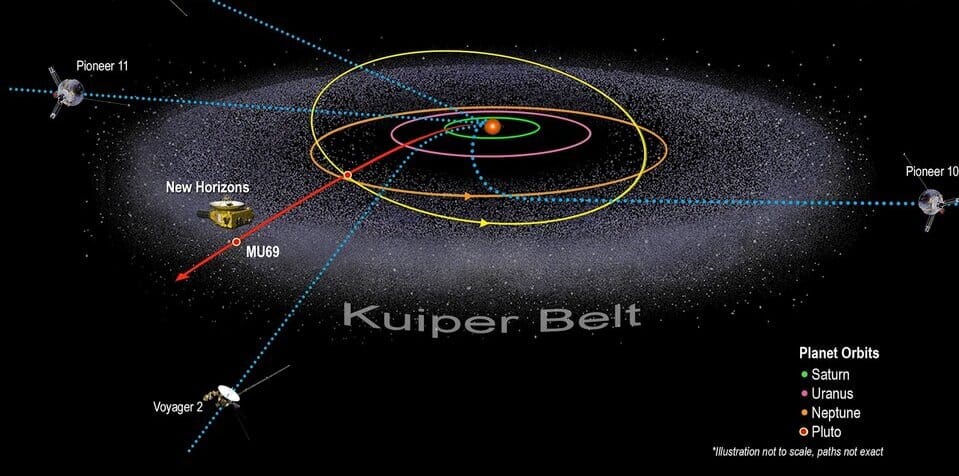
Some time ago, scientists were able to observe that some rocks and asteroids in this Trans Neptunian Region behaved slightly differently. The reason for this, these scientists were able to guess, is that there is a fairly large planet a little further away from this region, and that these things are behaving this way due to the gravity of that planet. And you know, there's an asteroid belt between Mars and Jupiter, and some of the asteroids in this ring, they behave in a little bit of a special way like this. It's affected by Jupiter's gravity. If you search for information about Kirkwood Gaps, you'll be able to find more information about this as well.

Due to the special behavior of objects in this Trans Neptunian Region, this shepherding effect, scientists were able to understand that a fairly large planet was located a little further away. Not only that, they were also able to gather a lot of information about the nature of this planet.
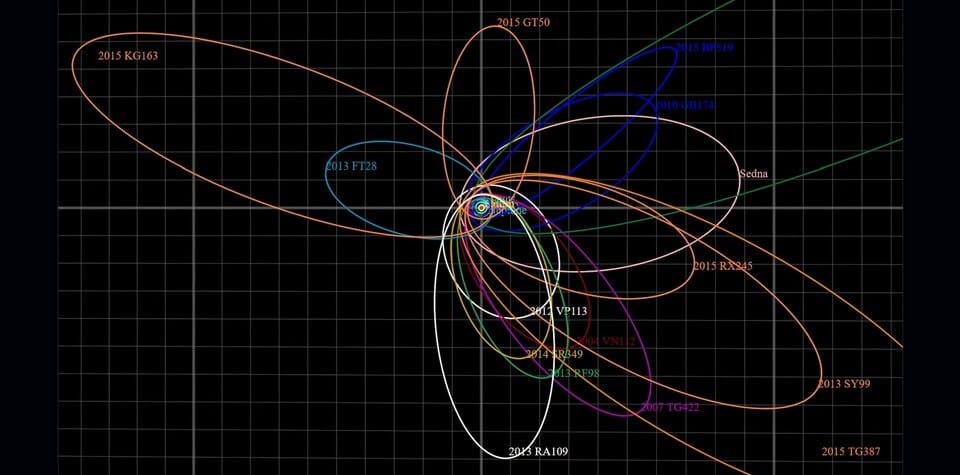
According to the information that scientists have gathered, this planet is quite large, about five times the size of Earth, sometimes ten times. That means it's slightly smaller than Neptune. That's also how scientists were able to calculate that this planet is in a long elliptical orbit around the sun. This orbit is closest to the Sun, about 400 astronomical units from the Sun. At its furthest, it is about 800 astronomical units. An astronomical unit is the distance from the Earth to the Sun.
Although they have been able to gather so much information about this ninth planet, all this information was gathered through the gravitational influence of this planet. But until today, no one has been able to take a photo of this planet.
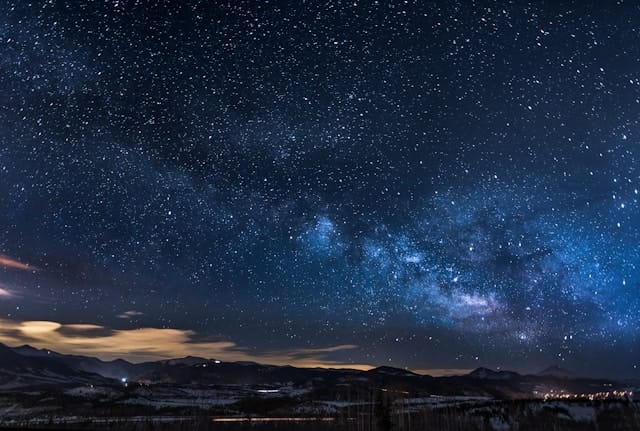
You all know that when we look at our night sky, we can see the arms of our Milky Way galaxy that are a little further away from us. Some scientists believe that this ninth planet may be traveling along an arm like this, and that the light coming from it may be making it difficult for us to see this planet. And that's why, some time ago, scientists began to speculate that this ninth planet wasn't really a planet at all, but rather a Primordial Black Hole.
What is a Primordial Black Hole? Many of you probably already know that a black hole can form at the site of a star several times the mass of the Sun after it dies in a supernova explosion. We call these kinds of black holes Stellar black holes. Not only that, if we go to the center of any galaxy, we can see a super massive black hole. So what is this Primordial Black Hole?
At the time of the big bang, the matter in the entire universe was very dense. So in such an environment, a small black hole can form. This kind of black hole is what we call a primordial black hole. The largest black holes we know of are located in the center of galaxies. We call them supermassive black holes.
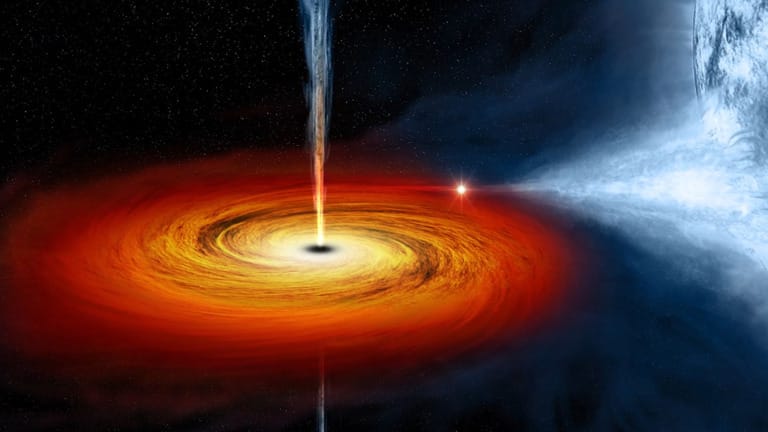
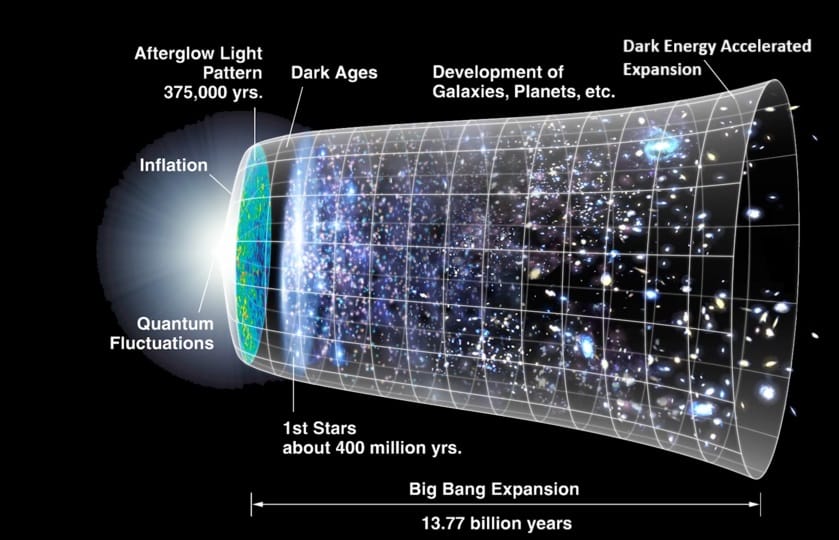
After a massive star dies in a supernova explosion, a stellar black hole forms, which is much smaller in size. A primordial black hole can be even smaller than a stellar black hole. So some scientists believe that this 9th planet is not really a planet, but rather a Primordial Black Hole, which is why we have not been able to observe it. You know that light cannot escape from a black hole. That's why we can't observe a black hole like this using a telescope like the one we have.
According to these scientists, this is the reason why we have not been able to take a picture of this 9th planet until today. However, scientists continue to use modern technology to observe space. This fact has allowed us to see the universe in a slightly different way. That's why many scientists believe that one day in the future, we will be able to observe this 9th planet, even if it is a Primordial Black Hole.
Usually, when a small object is rapidly drawn into a black hole like this, it heats up to a very high temperature, and then it can emit visible light, ultraviolet rays, and X-rays. We call these Accretion Flares. So you all know that in this Trans Neptunian Region, there are a lot of these small objects, there are comets, and there are gases. If this 9th planet were a Primordial Black Hole, it could be pulled in that direction and emit an Accretion Flare. But if that were to happen, how would we observe it?
Some of you may have heard about the Legacy Survey of Space and Time project, or LSST. This telescope can image the entire sky in our southern hemisphere for a very long time. The main goal of this is to study dark matter, dark energy, and how the Sun changes in the solar system and our Milky Way over a very long period of time.

If there is a Primordial Black Hole like this far away in our solar system, and it emits accretion flares, then it would definitely show up in the images from this LSST telescope.
The LSST project was expected to see its first light in 2021, but it was postponed until 2025 due to construction and pandemic-related delays. If we had seen such an accretion flare from the data it collected, it would have proven the existence of a primordial black hole in the far reaches of the solar system. And if we can't detect something like that within a few years, we can assume that there is no such black hole in the solar system.
When you hear that there is a black hole like this in the solar system, you might be a little scared. But there is nothing special to be scared of here. Many people think that a black hole is like a vacuum cleaner that pulls everything around it into it. But a black hole is not like that. For example, if the Sun in our solar system suddenly became a black hole, the only difference we would notice would be the loss of heat and light. Apart from that, everything else in the solar system would stay the same.
If there were a black hole with the same mass as our Sun where the Sun is, it would give us the same gravitational field as before. But the only difference here is that if you go this close, you won't find anything there to look at. But if you go a little closer, you'll jump the event horizon of this black hole, and you won't come back.
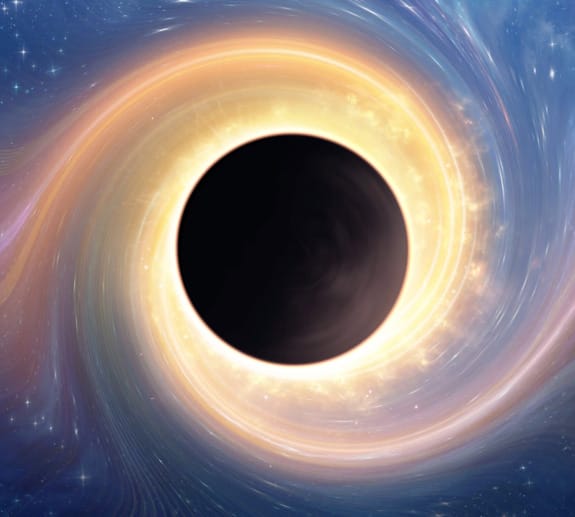
So, amidst all this, we hear a lot of conspiracy theories about Planet 9. Some say that this is a planet called Nibiru, which periodically comes close to Earth, and when it gets that close, the Earth will be completely destroyed. So, a lot of the people who create these kinds of conspiracy theories are extremely creative. And those guys have a pretty good personality and are eloquent. That's why they've been able to get millions of people to believe these stories without any evidence, without any proof. So, if you happen to hear a story like this, don't believe it based on the person's personality or their eloquence. Be sure to look for evidence and facts about it. If you ask someone who creates conspiracy theories like this for evidence, that person will often be helpless.